Old Towns
Buonconvento
BUONCONVENTO LISTEN THE AUDIO GUIDE
LISTEN THE AUDIO GUIDE.jpg)
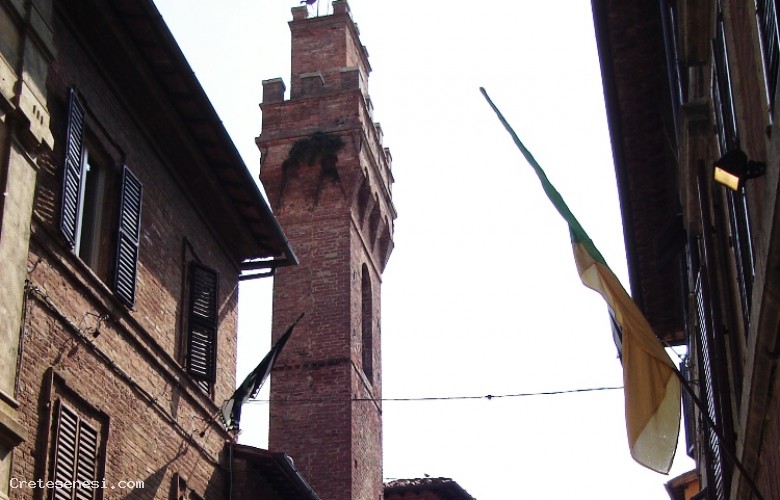
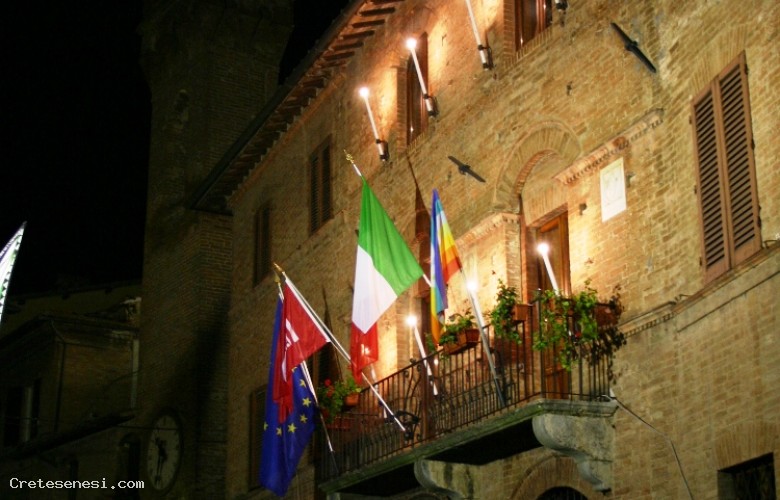
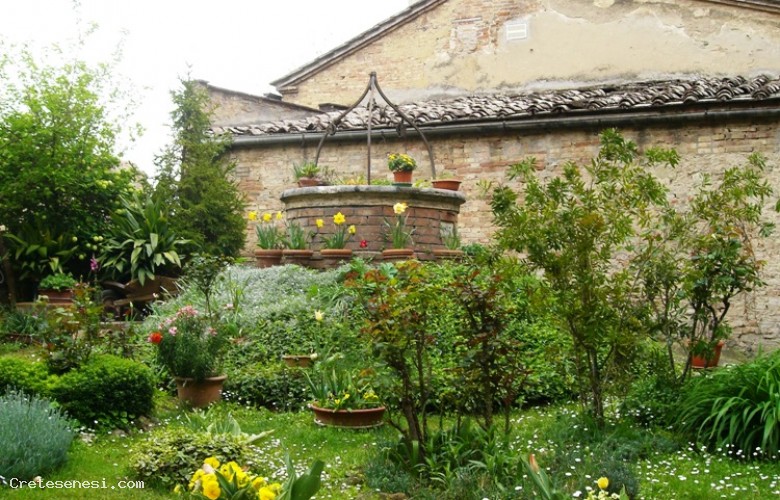
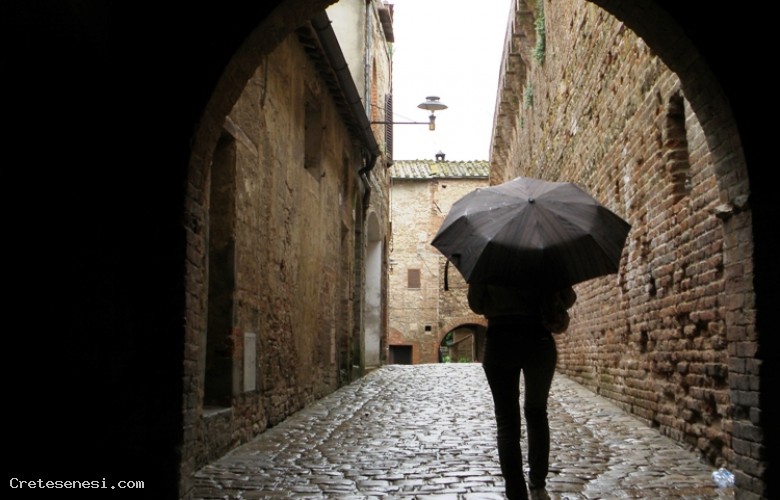
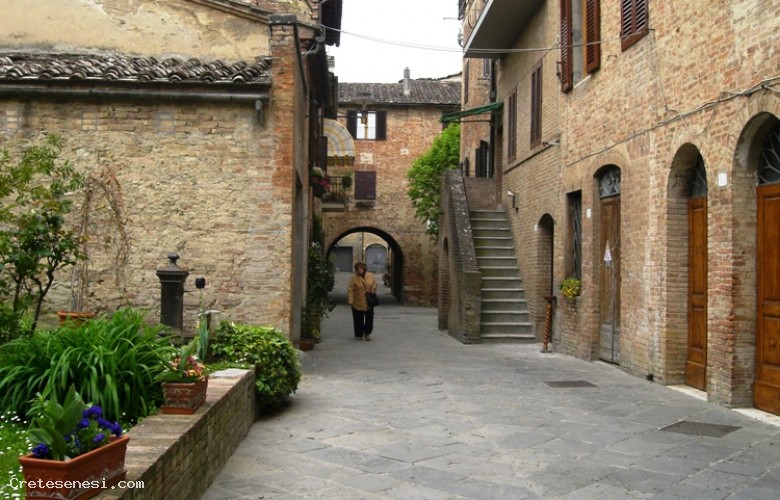
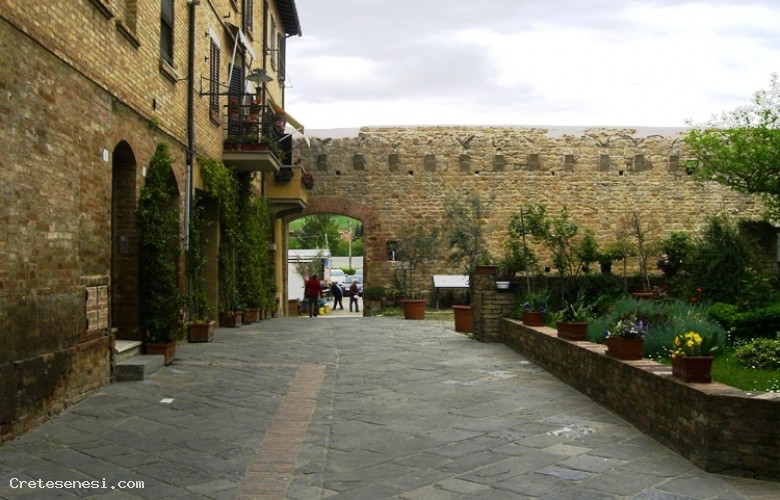
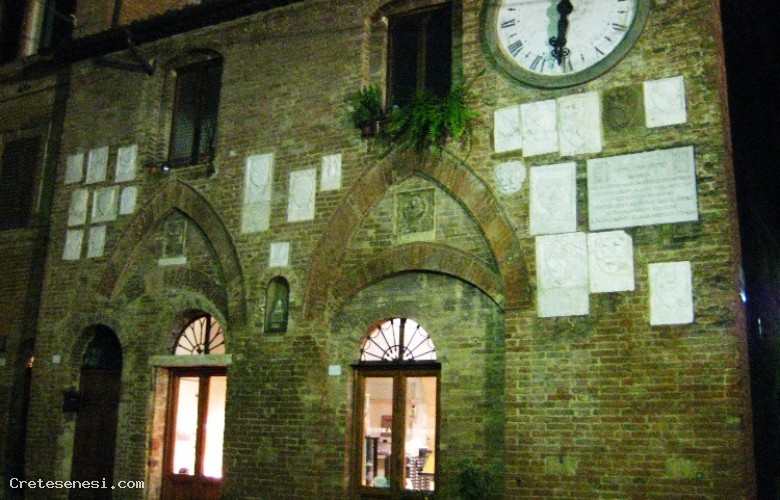
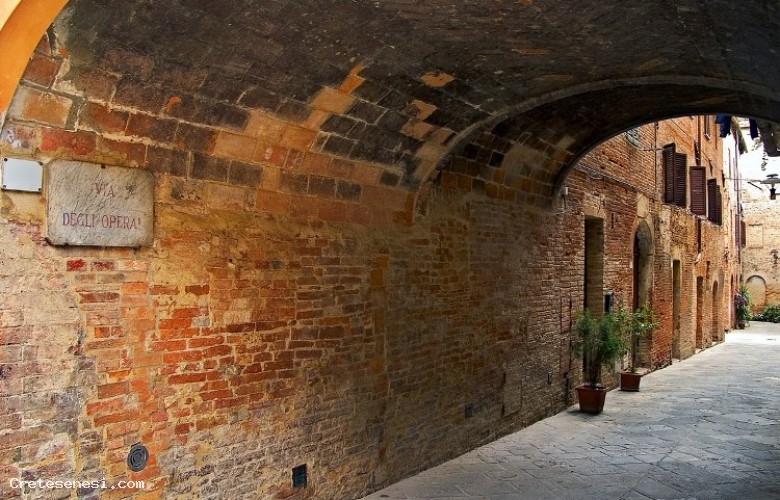
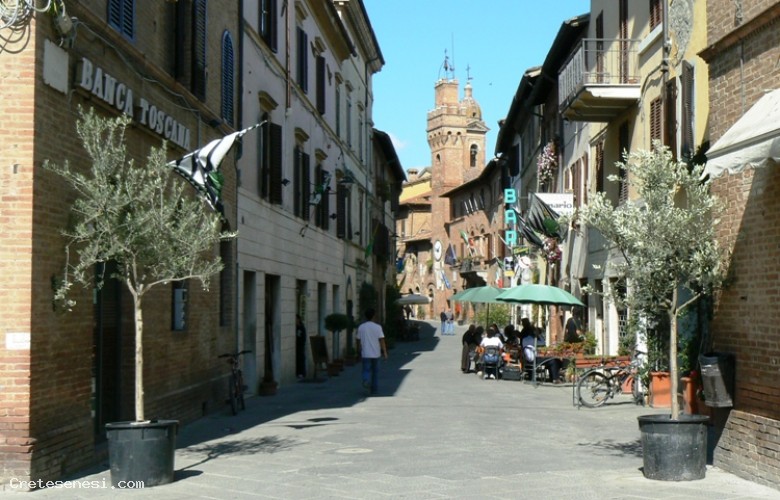
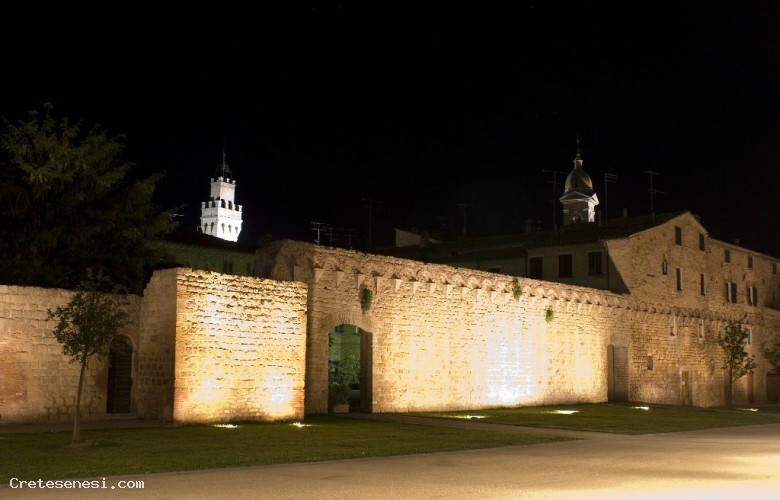
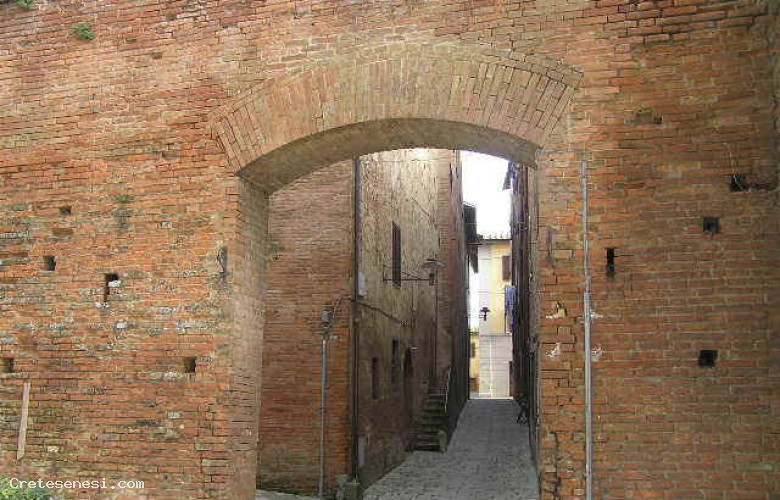
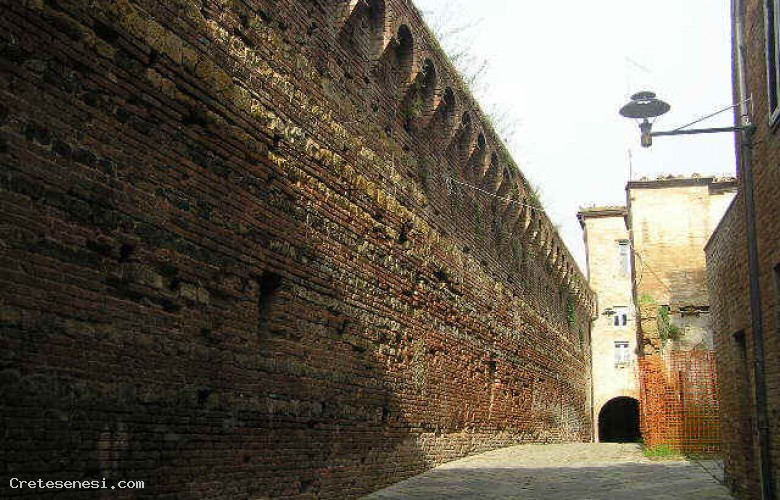
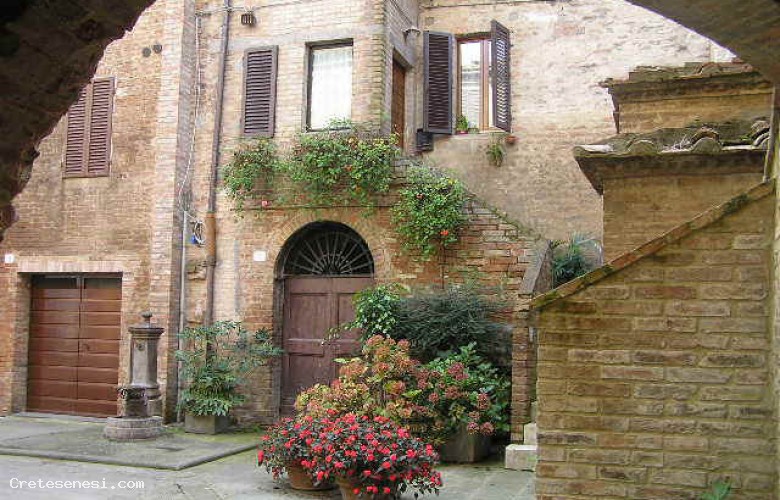
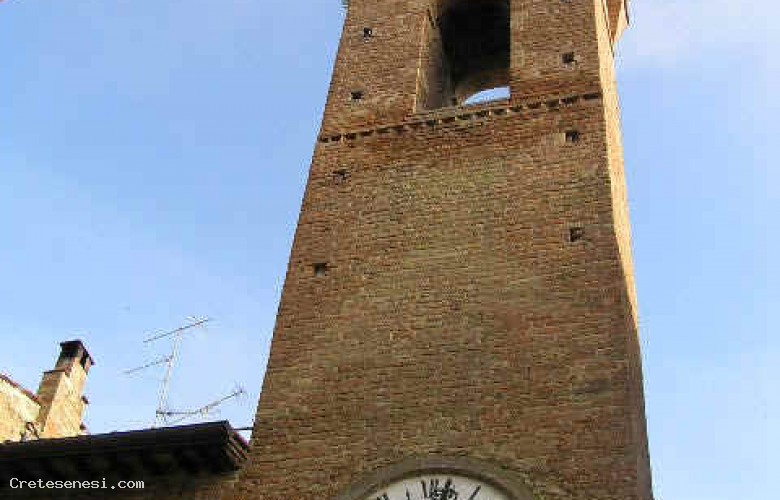
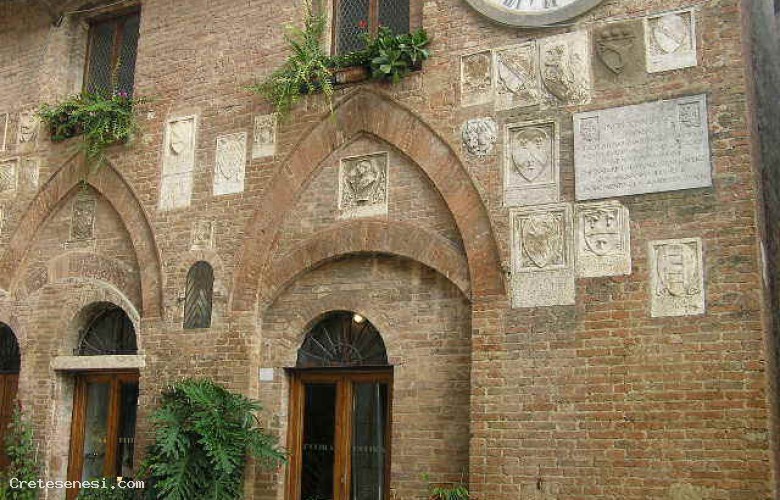
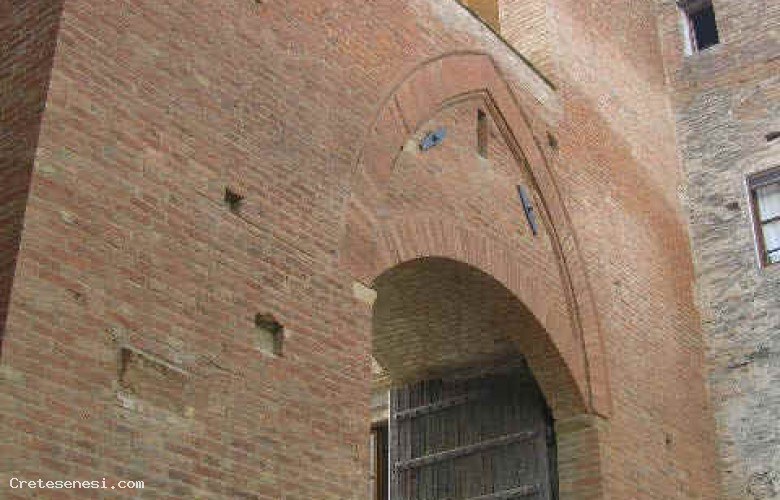
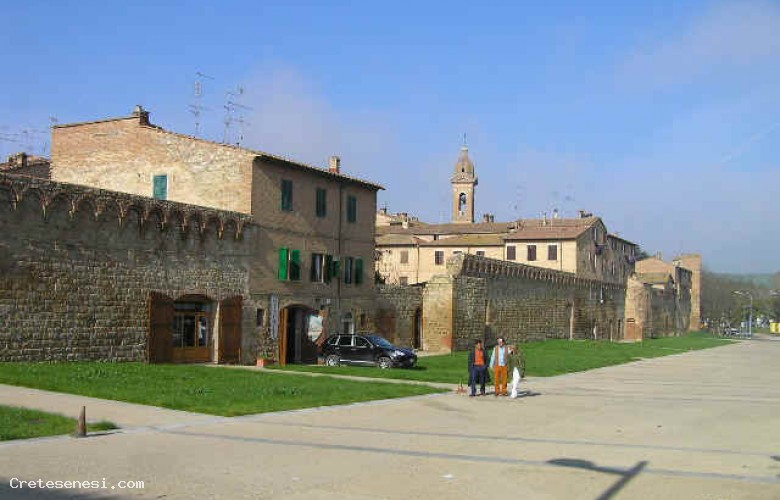
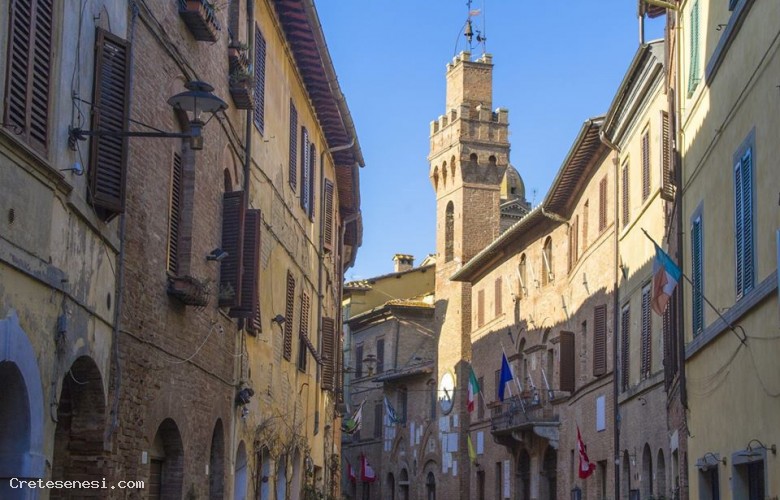
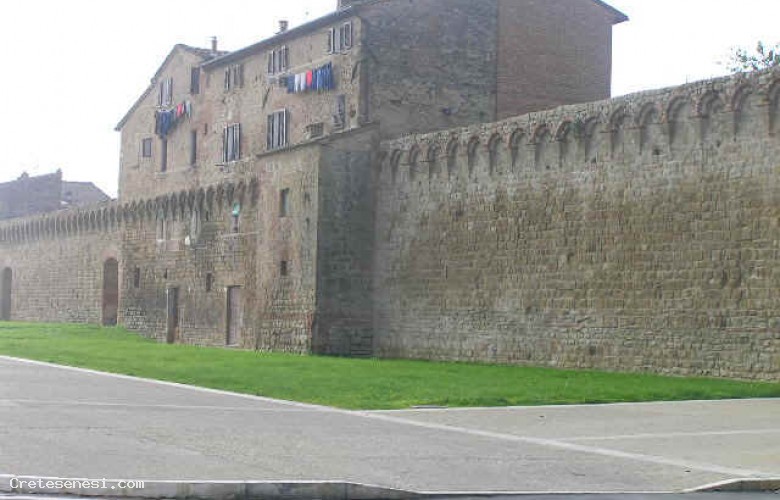
It comes from the Latin “bonus conventus” and it means “happy, lucky community”: a good assembly of people which enjoys the land’s fertility and the advantages of the nearness of the rivers Arbia and Ombrone, as well as the excellent position near the river’s ford along the important Via Francigena or Romea. Here, the travellers stopped their journey for lodging and refreshing themselves. The history: 1191- The king of France, Filippo Augusto, on his way back from the third crusade, walking through the Via Francigena, remembers stopping at the Bon-Couvento’s duty: this is the first historic document where we find the name of Buonconvento. 1208- Buonconvento is taxed of £3o, a considerable amount for that time, by Siena, which is now at war with the Florentines and so it needs money. The news testifies the economic prosperity of the village: its fates are linked to those of the Sienese Republic, to which it sells the agricultural products. 1313- The Emperor Arrigo VII of Lussemburgo, descended in Italy for restoring the imperial authority, died on the 24th August in Buonconvento after conquering it. 1316- The village is attacked by Uguccione della Faggiola and in 1358 by Perugia, which was at war with Siena, remaining seriously damaged. 1371- The building of the fortifications begins: works go on for 12 years. In 1385, inside the village, it is built the “Podestà’s Palace” with the civic tower. 1400- In the first years of the century Buonconvento becomes the seat of a wide territory including 32 places.1480- The sienese governors grant to these territory the privilege of the sienese citizenship. 1559- With the fall of Siena, Buonconvento becomes part of the Grand Duchy of Tuscany, under the powerful family of the Medicis. It keeps the control of the Podestà, remaining the most important centre of Val d’Arbia.It comes from the Latin “bonus conventus” and it means “happy, lucky community”: a good assembly of people which enjoys the land’s fertility and the advantages of the nearness of the rivers Arbia and Ombrone, as well as the excellent position near the river’s ford along the important Via Francigena or Romea. Here, the travellers stopped their journey for lodging and refreshing themselves. The history: 1191- The king of France, Filippo Augusto, on his way back from the third crusade, walking through the Via Francigena, remembers stopping at the Bon-Couvento’s duty: this is the first historic document where we find the name of Buonconvento. 1208- Buonconvento is taxed of £3o, a considerable amount for that time, by Siena, which is now at war with the Florentines and so it needs money. The news testifies the economic prosperity of the village: its fates are linked to those of the Sienese Republic, to which it sells the agricultural products. 1313- The Emperor Arrigo VII of Lussemburgo, descended in Italy for restoring the imperial authority, died on the 24th August in Buonconvento after conquering it. 1316- The village is attacked by Uguccione della Faggiola and in 1358 by Perugia, which was at war with Siena, remaining seriously damaged. 1371- The building of the fortifications begins: works go on for 12 years. In 1385, inside the village, it is built the “Podestà’s Palace” with the civic tower. 1400- In the first years of the century Buonconvento becomes the seat of a wide territory including 32 places.1480- The sienese governors grant to these territory the privilege of the sienese citizenship. 1559- With the fall of Siena, Buonconvento becomes part of the Grand Duchy of Tuscany, under the powerful family of the Medicis. It keeps the control of the Podestà, remaining the most important centre of Val d’Arbia.